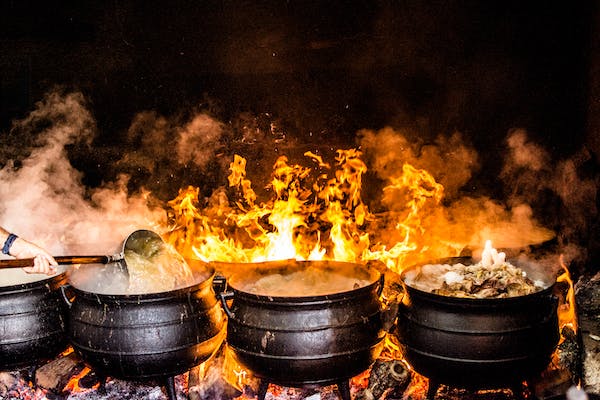
The Science of Flavor: Decoding the Art and Chemistry of Cooking
Cooking is often hailed as both an art and a science, and nowhere is this duality more apparent than in the creation of flavors. Beyond the aromatic wafts and tantalizing tastes, there exists a fascinating world of chemistry and technique that gives every dish its unique personality. Join us as we embark on a journey to decode the intricate science of flavor, unraveling the secrets behind the artistry of cooking.
1. The Symphony of Taste Buds: Understanding Flavor Perception:
The adventure begins with an exploration of the human palate. Delve into the science of taste buds, understanding how they discern sweet, salty, sour, bitter, and umami sensations. Discover the role of smell in flavor perception and how our brains interpret a harmonious blend of tastes and aromas, shaping our culinary experiences.
2. Maillard Reaction: The Culinary Alchemy Behind Browning:
Enter the realm of Maillard reaction, the magical process responsible for the browning of foods. Uncover the chemistry behind this transformative reaction that turns the surface of your steak golden brown or imparts a rich hue to your freshly baked bread. From the delightful crunch of roasted coffee beans to the golden perfection of a seared steak, Maillard reaction is the alchemy that elevates flavors to new heights.
3. Flavor Pairing: The Art of Culinary Combinations:
Dive into the art of flavor pairing, where ingredients are meticulously matched to create a symphony of tastes. Explore both traditional pairings that have stood the test of time and modern techniques that challenge the boundaries of culinary expectations. Learn how chefs use the principles of balance and contrast to create unforgettable dining experiences.
4. Umami: The Fifth Taste and Culinary Savory Sensation:
Explore the enigmatic fifth taste, umami, often described as savory or meaty. Uncover the science behind umami-rich ingredients like soy sauce, tomatoes, and mushrooms. From the origins of umami in Japanese cuisine to its integration into global culinary practices, understand how this elusive taste enhances the complexity of flavors in dishes.
5. Molecular Gastronomy: Culinary Innovation at the Molecular Level:
Venture into the avant-garde world of molecular gastronomy, where chefs push the boundaries of traditional cooking through scientific techniques. From spherification to foaming, discover how molecular gastronomy introduces new textures, presentations, and flavor experiences. Explore how these techniques not only showcase culinary creativity but also underscore the intricate science behind the art of cooking.
Conclusion:
In the intricate dance of taste buds, chemical reactions, and culinary techniques, the science of flavor emerges as the unsung hero of every culinary masterpiece. Understanding the alchemy behind the Maillard reaction, the art of flavor pairing, the richness of umami, and the innovation of molecular gastronomy adds a layer of appreciation to every meal. As we decode the secrets of flavor, we gain a profound appreciation for the chefs who skillfully navigate the realms of science and art to create the symphony of tastes that delight our senses. The next time you savor a perfectly cooked dish, remember that it’s not just a feast for the palate—it’s a celebration of the captivating science of flavor.